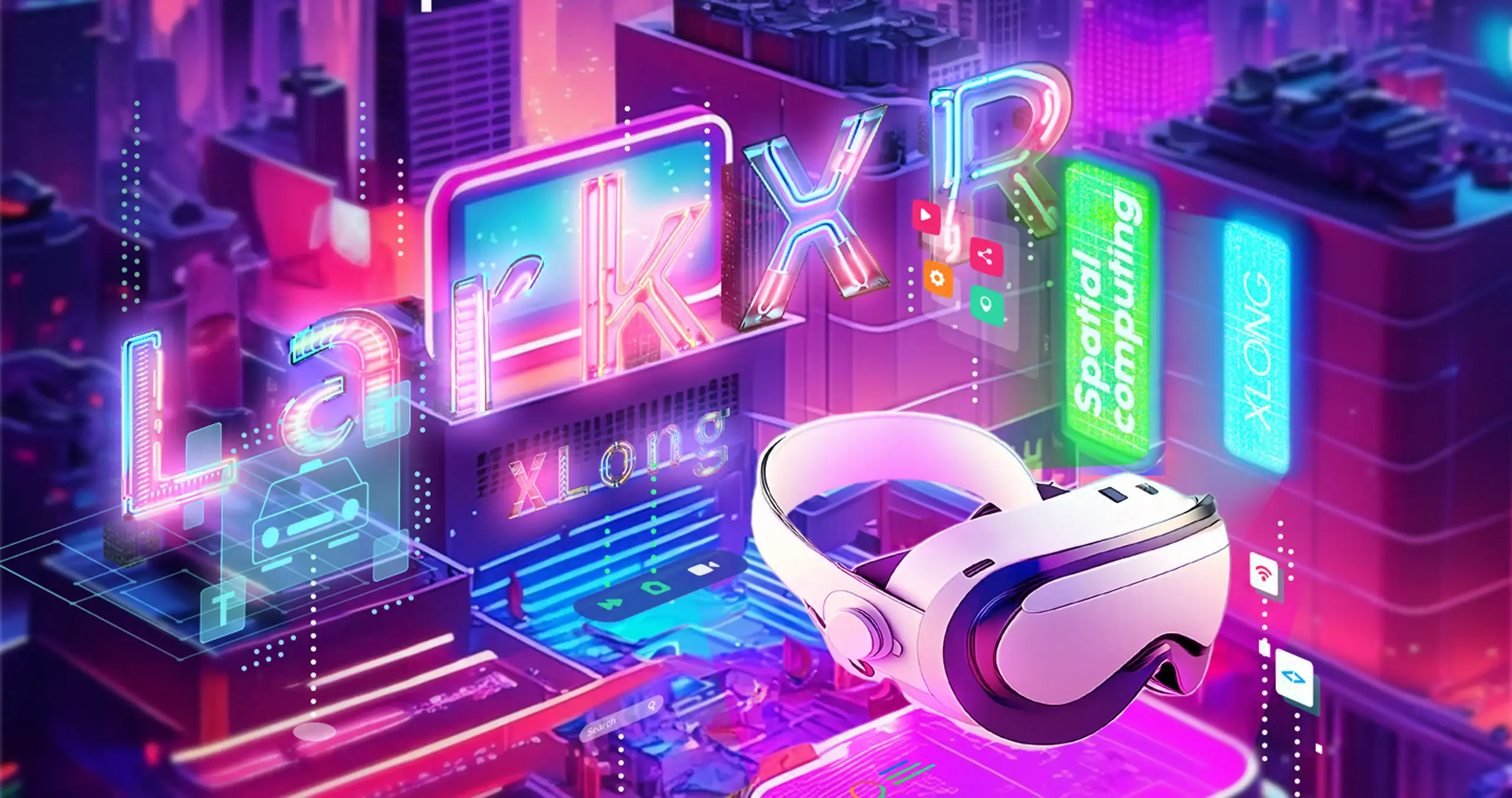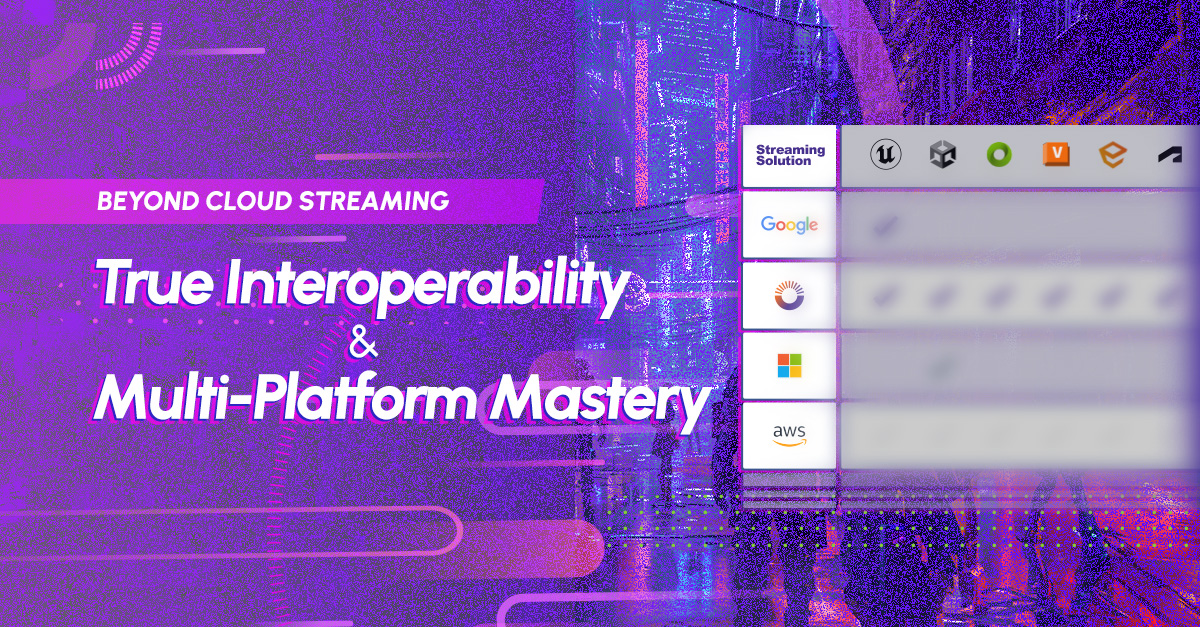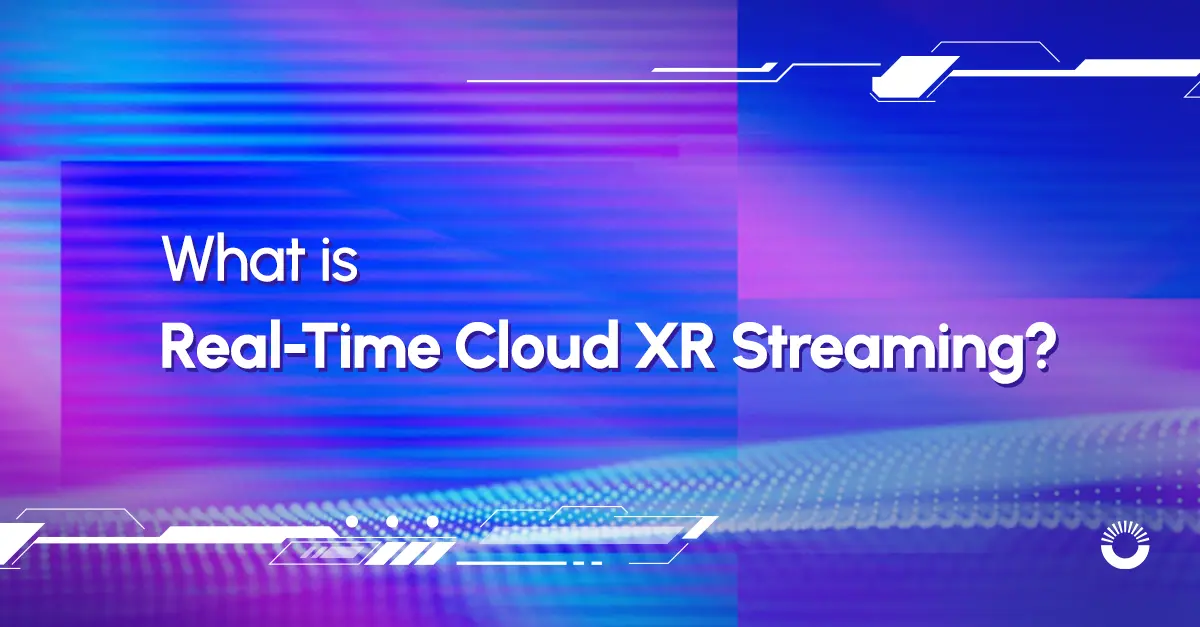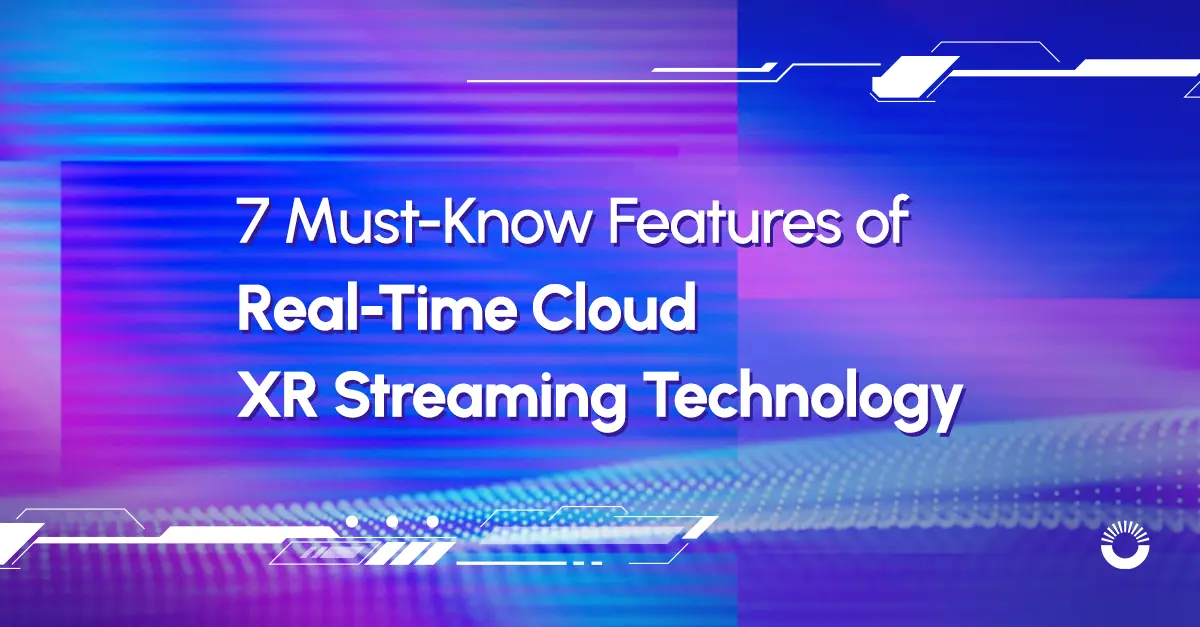Cloud XR Streaming vs Various Rendering Techniques
In the world of computer graphics, there are several distinct rendering methods, each with its own unique characteristics and suitable applications. Understanding the technical differences between these approaches is crucial for developers working in the XR space. Let’s explore the key distinctions:
Key Distinctions: Real Time Cloud XR Streaming | Offline Rendering | Real-Time Rendering | Hybrid Rendering
Offline Rendering
- Offline rendering is a process where the scene is first modeled and all parameters (geometry, materials, lighting, etc.) are set, then the rendering is calculated and the final image is generated.
- This method can produce highly realistic and accurate results, as it is not constrained by real-time performance requirements. It often utilizes advanced techniques like ray tracing and global illumination.
- Offline rendering is commonly used in industries such as film, animation, and visual effects, where image quality is the primary concern, even if the rendering process takes a long time.
- The main drawback of offline rendering is the lengthy processing time, which can range from seconds to hours or even days, depending on the complexity of the scene.
Real-Time Rendering
- Real-time rendering is designed to generate and present high-quality images or videos in an extremely short time, enabling immediate visual feedback and interactivity.
- This method is typically used in applications like video games, where the rendering must keep up with user input and maintain a high frame rate (typically 30-60 frames per second).
- To achieve real-time performance, real-time rendering often relies on various optimization techniques and approximations, which can result in a slight reduction in visual fidelity compared to offline rendering.
- The primary focus of real-time rendering is on responsiveness and interactivity, rather than absolute photorealism.
Hybrid Rendering
- Hybrid rendering combines the key technologies of real-time rendering and offline rendering to provide the best of both worlds.
- In a hybrid approach, the rendering tasks are divided between the cloud and the local device. The cloud handles the computationally-intensive tasks, such as global illumination and complex shadow effects, while the local device processes the rendering tasks closely related to user interaction, ensuring low latency.
- This approach allows for high-quality rendering output while still maintaining real-time interactivity and responsiveness.
- Hybrid rendering requires high-performance graphics hardware and a stable cloud connection to effectively leverage the strengths of both real-time and offline rendering techniques.
Real-Time Cloud XR Streaming
- Real-time Cloud XR Streaming is a specific implementation of cloud-based streaming that focuses on delivering high-fidelity XR experiences in real-time.
- By offloading the rendering workload to powerful cloud servers, real-time cloud rendering enables the creation and delivery of complex XR content that exceeds the capabilities of local devices.
- This approach combines the advantages of cloud computing, such as scalable resources and high-speed network transmission, with the real-time performance and interactivity requirements of XR applications.
- Real-time Cloud XR Streaming can significantly reduce the hardware requirements for client devices, allowing for more lightweight, wireless, and mobile solutions, which is crucial for the adoption of emerging technologies like metaverse.
LarkXR: A Revolutionary Solution
LarkXR, developed by Paraverse Technology, is a groundbreaking Real-time Cloud XR Streaming Solution. It enables rapid deployment of large-scale cloud resources, compatibility with major XR engines, and support for various interactive content types. LarkXR addresses key challenges in commercializing cloud-based real-time streaming, enhancing XR cloud platform development efficiency and accelerating product deployment.
Real-time Cloud XR Streaming fully leverages the cloud’s vast computing resources and high-speed network transmission advantages, improving digital content creation efficiency, reducing costs, enhancing presentation quality, and upgrading user experience. It is a crucial engine in advancing modernization in the digital era, supporting the construction of a digital world and the development of the digital economy.




